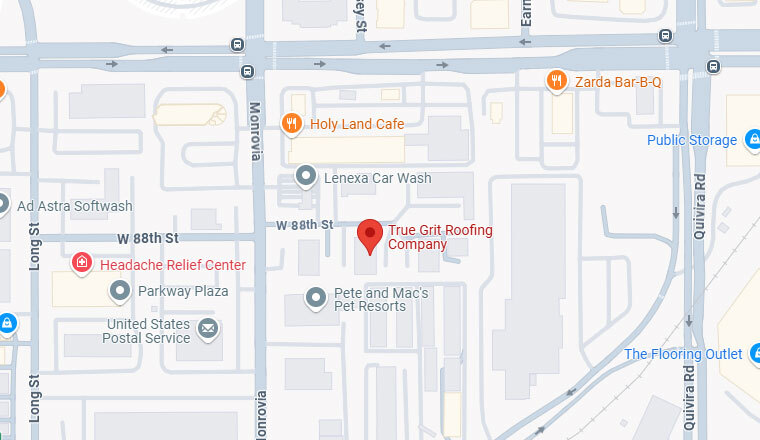Let’s take a journey back in time to explore some of the first types of roofing used in history.
1. Thatch Roofs (Approximately 5,000-1,800 B.C.):
One of the oldest known roofing materials, thatch, consists of straw, reeds, or other dry vegetation layered to create a waterproof covering.Archaeological findings suggest that people during this era in regions such as Europe and Asia.
2. Stone Slab Roofs (Approximately 3,000 B.C.):
In ancient Mesopotamia and parts of the Mediterranean, notably Greece and Egypt, stone slabs were employed as roofing materials. Large, flat stones were meticulously arranged to form sturdy roofs. These stone slab roofs provided excellent insulation and durability, making them ideal for the region’s climate.
3. Mud and Clay Roofs (Approximately 10,000 B.C.):
People in various parts of the world, including parts of Africa and the Middle East, used mud and clay to create roofs. These materials were readily available and easily shaped to cover structures.
4. Wooden Shingles (Approximately 3,000 B.C.):
Wooden shingles made their debut in Scandinavia and parts of North America around 3,000 B.C. Thin wooden pieces were carved from logs and layered on roofs,Wooden shingles laid the foundation for more intricate roofing designs in the future.
5. Palm Leaves (Approximately 3,000 B.C.):
In tropical regions like Southeast Asia and the Pacific Islands, palm leaves were used as roofing materials.







